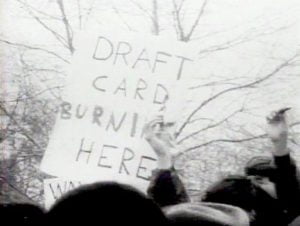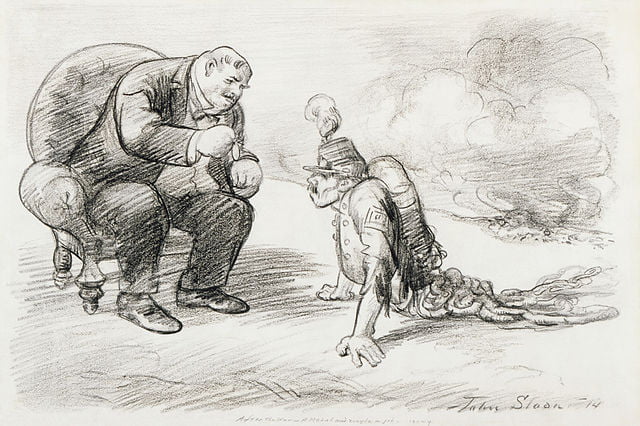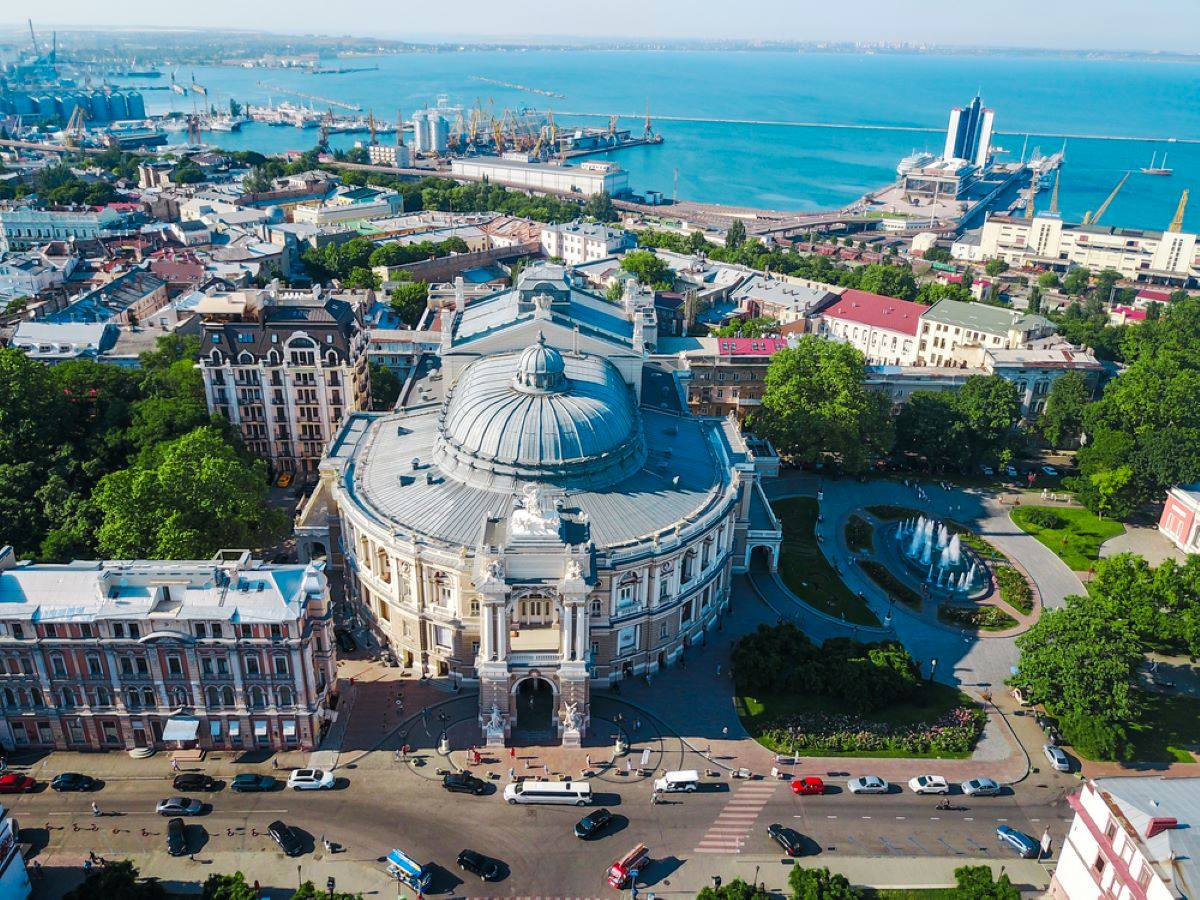The wars in Iraq and Afghanistan have long been compared to the US aggression in Vietnam. The similarities are obvious: broad support for an imperialist project at first until guerrilla fighting tactics prove the US soldiers are in over their heads, resulting in a loss of public approval; yet the war machine chugged on. However, there was one glaring difference between the two eras: the absence of a robust anti-war movement. Where were the college campus occupations and mass organization? Where were the people in the streets calling for peace? Many things contributed to an American apathy to foreign policy atrocities but the main difference to engaging the public is now the absence of a draft. Mass political action is coordinated through organizations and leaders of these organizations are mainly college-educated, middle class people. The draft for Vietnam gave college students a personal stake in the anti-war movement. One of the victories of the movement was the ending of the draft in favor of selective service. However, a side effect was a kneecapping of participation in anti-war sentiment. Now that military service has become strictly a poor man’s problem, the mass mobilization of college students is missing from any potential anti-war movements. A selective service military coerces only those without opportunity and allows the middle class to live uncritically of America’s imperialism.
July 1965 had brought a steady escalation to the Vietnam War. Despite promising not to send “American boys to do Asian boy’s work,” Lyndon Johnson increased the draft from 17,000 per month to 35,000. The Students for a Democratic Society (SDS) responded to Lyndon Johnson’s broken peace promises by launching the campus anti-war movement. For the first time, college students were likely to know someone who has been drafted or to be drafted themselves; this led to protests in the form of teach-ins. Students would occupy college administration buildings with the focus of educating each other. This new, personal stake in the war drove the desire to know exactly what it was about. And the more time spent dedicated to studying the war, the more atrocities of American imperialism were revealed for these students.

From the public domain newsreel footage of Universal News, given into public domain by MCA in 1976. The footage shows an anti-war protest in New York City in 1967.
An American Political Science Review piece looked back and recognized that statistically, “Males holding lower draft numbers became more antiwar, more liberal, and more Democratic in their voting compared to those whose high numbers protected them from the draft”. Unique to this time, students who started with a liberal or a conservative viewpoint were likely to pivot to historically leftist antiwar and anti-government sentiments. “The recipients of these life changing lottery treatments were young men of a politically impressionable age. [This] provided the rare potential for major transformations of political attitudes as a response to the actions of the government.” Many college students were able to get educational deferments but the prospect of their deferments being lifted loomed close enough to shift their opinions about the war. This policy affecting people’s lives was visible, tangible, large, and certain. With these qualifiers, the draft had the ability to change people’s political opinions.
In 1972, Nixon ended the draft not necessarily in sympathy with protesters outraged by the injustice of it, but in spite of them. He understood that without the threat of being drafted, middle class people would go back to their lives and anti-war protests would suffer. Nixon’s legacy of a selective service military in place of conscription was put on display when the US invaded Afghanistan in 2001. By setting up shop in poor neighborhoods and offering attractive benefits like free college, US Military recruiters were able to coerce working-class boys into joining the service. Middle class people are antiwar insofar that as long as they have any other opportunity, they will not join the armed forces.
The sham “War on Terror” did not cause the mass political awakening that Vietnam did. Without the threat of a draft looming in front of middle class young people, it became easier to turn their heads to US imperialism. The teach-ins brought on by the material stakes of the draft were nowhere to be seen and without a populous educating themselves about the realities of war, it became accepted during the unjustified Iraq and Afghan wars. This is also why in a growing atmosphere of culture wars instead of material politics people are less likely to change political parties or seriously shift their perspective. Without policies affecting their lives in a tangible way, it becomes harder to galvanize mass engagement of the population that the Vietnam draft brought on. This is not to say that the draft should be brought back, but that it is now more important than ever for anti-war organizers to focus their energies on developing new ways to rouse the public in such atmospheres. Because unfortunately, it is much easier to fight an unjust war when the government doesn’t have to sell it to citizens who hold real stakes.




